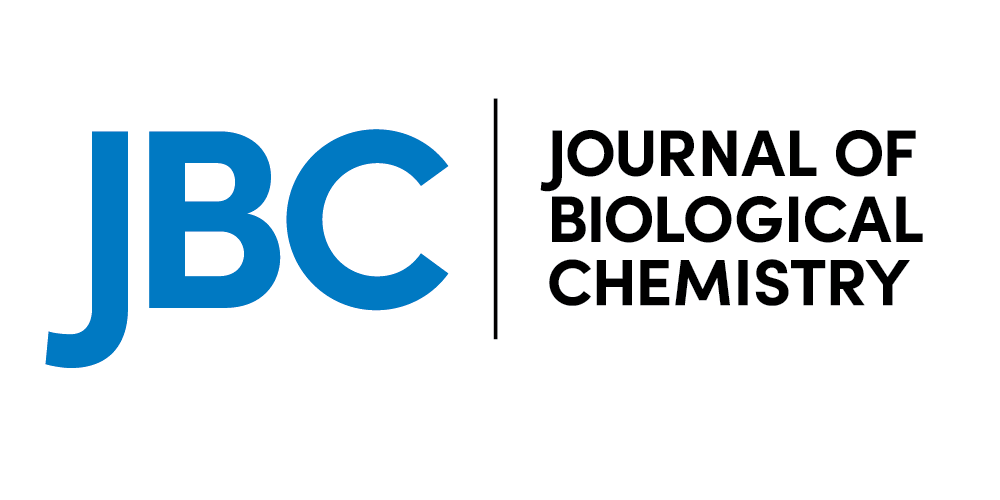|
Anapafseos 5 Agios Nikolaos 72100,Crete,Greece,00302841026182,00306932607174,alsfakia@gmail.com
Blog Archive
- ► 2022 (3010)
- ► 2021 (9899)
-
▼
2020
(4138)
-
▼
November
(1979)
-
▼
Nov 17
(123)
- Clinical Swallowing Profile Change in HNC Patients...
- Malnutrition as a Risk Factor in Cleft Lip and Pal...
- Pediatric unilateral isolated choanal atresia is n...
- Functional outcomes after extracapsular dissection...
- Efficacy of inhaled budesonide on serum inflammato...
- Apolipoprotein M inhibits proliferation and migrat...
- The Role of Parvalbumin-positive Interneurons in A...
- Microtubule-associated proteins (MAPs) in microtub...
- Optimizing remote ischemic conditioning (RIC) of c...
- Development of an evidence-based approach to the u...
- Is Timing of Tracheotomy a Factor Influencing the ...
- Pintail Comb Injury as a Rare Cause of Penetrating...
- Posterior Pharyngeal Wall Tuberculosis-A Forgotten...
- Concomitant Dehiscences of the Temporal Bone: A Ca...
- [Deliberations on the (125)I seed activity influen...
- Thyroid Lobectomy for Low to Intermediate Risk Dif...
- Axillary lymph node metastases from thyroid carcin...
- Senescent Decline in Verbal-Emotion Identification...
- Current surgical treatment of intermediate risk di...
- Effects of radioactive iodine treatment on cardiov...
- Efficacy and safety of Xiaochaihu decoction for su...
- Resection of a Giant Hypopharyngeal Liposarcoma In...
- Evaluation of an Automatic Speech Recognition Plat...
- Sympathetic nervous system contributes to orthodon...
- 'Exp Ther Med'[jour]; +17 new citations
- Frontal Sinus Fracture Management Meta-analysis: E...
- Influence of voxel size on micro-CT analysis of de...
- Effect of different factors on patient perception ...
- YouTube™ and oral lichen planus: an appraisal of t...
- Endocan (ESM-1) levels in gingival crevicular flui...
- Management of deep caries lesions with or without ...
- Can kinematics, file diameter, and PUI influence t...
- Association between fixed orthodontic treatment an...
- Influence of bone defect position and span in 3-po...
- Augmentative and Alternative Communication on Auti...
- Identification of relevant International Classific...
- Interaction betwenn family and child/adolescent wi...
- Quantitative and qualitative assessment of body ba...
- AN INTRA‐OPERATIVE VIDEO COMPARISON OF LAPAROSCOPI...
- Accreditation and certification of Skull Base Cent...
- [Late toxicity following primary conservative trea...
- [Frequency of secondary tonsillectomy in Germany].
- Sleep Tests in the Non-Contact Era of the COVID-19...
- A New Era of Intraoperative Neuromonitoring: Beyon...
- Correlation between adenotonsillar microbiome and ...
- A novel maneuver for diagnosis and treatment of to...
- Morphological and pathological changes of Eustachi...
- First-line treatment of exudative vocal fold-lesio...
- A Dizzying Complaint: Investigating the Intended M...
- Noninvasive Measures of Distorted Tonotopic Speech...
- The Effect of Pitch and Loudness Auditory Feedback...
- BRAFV600E Overrides NOTCH Signaling in Thyroid Cancer
- Novel Variants in EDNRB Gene in Waardenburg Syndro...
- ROBOTIC ELECTIVE COLECTOMY FOR DIVERTICULAR DISEAS...
- Outcomes of Cricothyroid Visor Maneuver (CVM) for ...
- Ethosuximide Induced Macroglossia and Oropharyngea...
- Remote monitoring of head and neck free flaps usin...
- Viral markers in nasopharyngeal carcinoma: A syste...
- Partial parotidectomy via periauricular incision: ...
- Rising Costs of Otic Drops: Review of a National D...
- Pain Experience and Tolerance of Awake In‐Office U...
- The changing face of tonsillectomy
- Survival and treatment outcome of head and neck ca...
- Analogous modulation of inflammatory responses by ...
- The Epidemiological and Financial Effects of Pneum...
- Bone Cement Fixation of Stapedotomy Prostheses: Lo...
- Steroid Administration Approach for Idiopathic Sud...
- Gibt es eine neue Kopfspeicheldrüse? – Eher nicht!
- Trends in cerebrospinal fluid leak rates following...
- [Reducing tinnitus intensity : Pilot study to atte...
- Risk factors for medication-related osteonecrosis ...
- Assessment of mucociliary clearance as an indicato...
- A prelacrimal approach technique to overcome the l...
- Improvement of lenvatinib-induced nephrotic syndro...
- [Role and effectiveness of radioactive-iodine ther...
- Argyrophilic Nucleolar Organizing Regions in Patie...
- Cortical Stimulation Induces Excitatory Postsynapt...
- Application of Wireless Contralateral Routing of S...
- Fine-needle aspiration cytology in the diagnosis o...
- Expression of E-cadherin and β-catenin in Laryngea...
- Cavernous Hemangioma of the Tympanic Membrane. Cas...
- A giant pseudoaneurysm mimicking a parapharyngeal ...
- Factors Associated With the Limitation at Work Bec...
- Management of Laryngopharyngeal Reflux
- Internal Auditory Canal Diverticula in Children: A...
- Sialographic Analysis of Radioiodine‐Associated Ch...
- Development and Application of the Average Pelvic ...
- A novel aerosolisation mitigation device for endos...
- Far Lateral Approach for Malignant, Severely Calci...
- Clival Meningioma Removal through a Suboccipital R...
- IBCC chapter & cast – Ventilator Associated Pneumo...
- Oral mucosal calcified nodule requiring palatoplasty.
- Outcome of drug induced sleep endoscopy directed s...
- A new dimension of success in the management of ai...
- Impact of the 13-valent pneumococcal conjugate vac...
- Understanding child anxiety before otoplasty: A qu...
- IBCC chapter & cast – Toxic Shock Syndrome
- Nasal rustle: The retrospective and prospective in...
- Prevalence and causes of visual impairment among h...
- Hearing preservation with a slim modiolar cochlear...
-
▼
Nov 17
(123)
-
▼
November
(1979)
- ► 2019 (2429)
Αλέξανδρος Γ. Σφακιανάκης
Tuesday, November 17, 2020
Calmodulin binds and modulates K+-dependent Na+/Ca2+-exchanger isoform 4, NCKX4. [Cell Biology]
Subscribe to:
Post Comments (Atom)



No comments:
Post a Comment